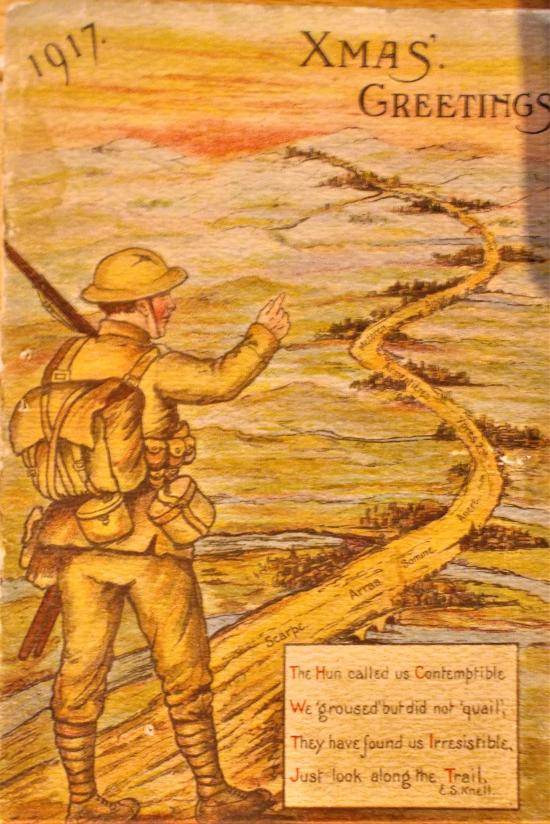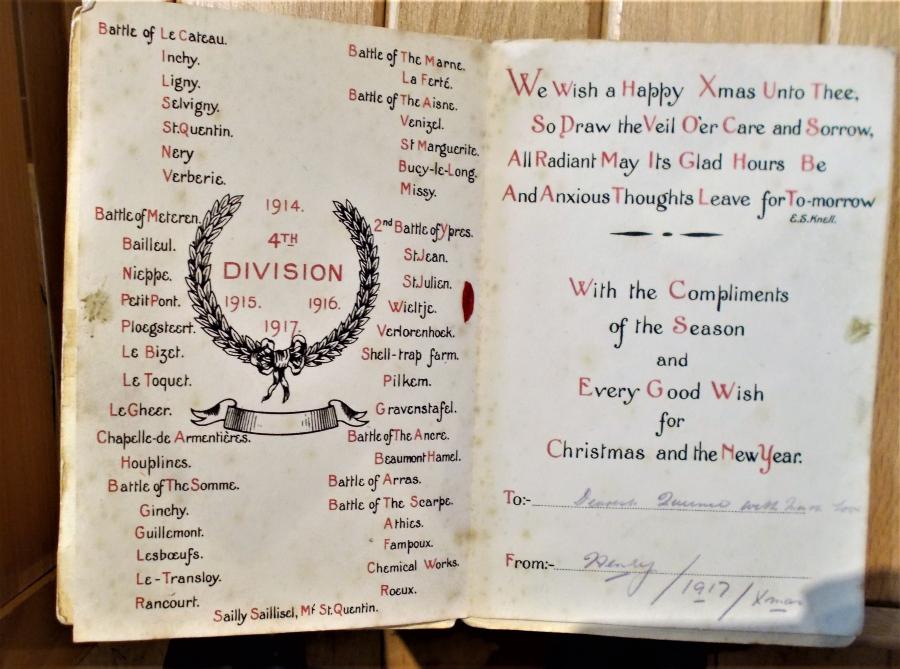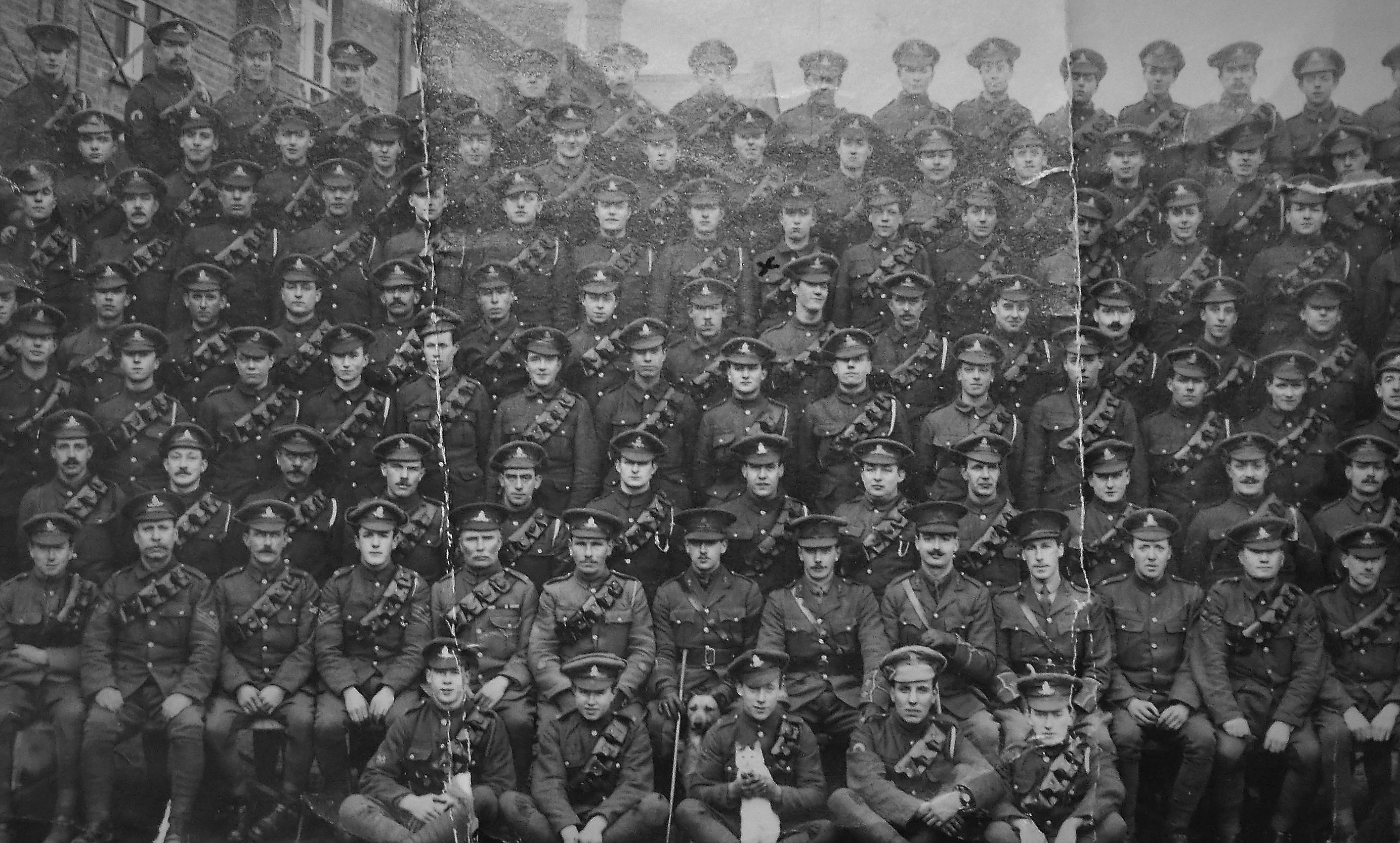One hundred years on from the end of the First World War, our Fulham FC blogger Morgan Phillips takes a look at the way the club and those around it were affected by the 1914-18 conflict.
At the outbreak of War, many sporting activities were discontinued but the Football League programme was not affected. This caused controversy.
On 5 September 1914 Frederick Charrington, a fierce critic of the League, tried to make an unauthorised speech during the Fulham-Orient match. He was dragged out of the stands and deposited in Stevenage Road: not by stewards, but by the club chairman and the manager.
However the football world could not ignore the criticism, and in December 1914 Fulham Town Hall hosted the inauguration of the Footballers Battalion.
This Battalion was to suffer heavy casualties: among them the former Fulham player Harry Robottom, who died in September 1915; and supporters like schoolkeeper Jack Cope, killed in December 1916.
Fulham FC's finances, already shaky, deteriorated badly in the first year of the war. Fulham's historian Alex White tells me that 'gate receipts during the season dropped from £9,044 in 1913/14 to only £4,936 during season 1914/15'. There was a total loss of £2,770 on the Wartime season.
For the rest of the conflict, players' contracts were suspended and regional competitions replaced the Football League programme. But the controversy continued.
When the Fulham Times published a list of players available to Fulham in September 1915, someone wrote in ink on the library's copy, 'All should enlist'.
A number of players did enlist. The club's Roll of Honour is mercifully short but still tragic. When Harry Robottom, William Borland and Ted Perkins fell in the Autumn of 1915, the club programme reported, 'There were tears in many eyes when the manager conveyed the sorrowful tidings to the first team.'
On a happier note, Leslie Bowker, a future president of Fulham FC, won the Military Cross at Agadir, one of the army's last cavalry charges; and Tim Coleman, the team's top scorer in 1913, was awarded a Military Medal after Cambrai.
Though Fulham residents joined a huge variety of regiments, the district had its own brigades: the 177th and the 182nd of the Royal Field Artillery, who paraded through the streets before departing for Aldershot.
Was it a man's duty to enlist? This question brought grief to many families. I learnt just recently of five Fulham brothers, four enlisted, but the fifth for his refusal was treated as an outcast. His family ignored him for the rest of his life.
But death brought greater sorrow. In July 1917, St Andrew's Church parish magazine reported that ten parishioners had been killed in one month. Some days my grandmother Katy hated leaving the house, because on every street she was likely to encounter a woman crying for a husband or a son.

With so many men in uniform, women had new opportunities for employment to compensate a little for soaring prices and frequent shortages.
In 1917/18, the threat came from the skies. My mother and her classmates were whisked away early from school one day because of an imminent air raid. The St Andrew's register notes, 'Very poor congregation owing to fear of air raid, of which there have been four in six nights.'
Then came the deadly influenza epidemic. Harry Ross was one of many victims. 'After the pain and suffering of losing a limb in the service of his country he had just been able to resume work in one of our munition factories. On 12 October (1918) he came home for a week and contracted influenza, which proved fatal', reported the parish magazine.
Letters home had to be checked by an officer, so some men just sent their love or ticked the appropriate box on a pre-printed card. Officers could be more expansive. A shell-shocked Robert Wilmot described the hell of Delville Wood: 'For three days and nights we were under perpetual bombardment, and in addition owing to a misunderstanding were without a drop of water the whole time. We could hardly get food down either.'
It is impossible to select from the many examples of bravery and endurance. Some acts verged on recklessness. According to the Masonic Great War Project, Bertie Mainprise in Kenya was serving 'a particularly nasty and incompetent Brigadier Commander, and so 'perhaps feeling frustrated by the lack of progress' led a charge against three German machine guns. The guns killed him and more than 20 of his men.
Fatalism was inevitable. Harold Colville of Dieppe Street Fulham told his friends, 'I shall be wounded three times and shall then be killed', a prophecy fulfilled on the 6th July 1916.
Edward Dwyer, the borough's first VC and presently commemorated in a display in Hammersmith Town Hall, expressed a similar presentiment when he entrusted his medal to the Revd David Browne of St Thomas's Church.
Waiting on the front line on 4 June 1918, the actor Basil Rathbone suddenly pictured his brother Jonathan and started to weep. It transpired that Jonathan was killed at that very hour.
Inevitably, one thinks about the wasted years. A man would die in battle, while his brother might survive the War - living until 1980, or later.
And what about Edmond Wickham of Charleville Road, recognised by Russia as the future Protector of the Byzantine Empire? Did his premature death change the history of Europe?
As the War dragged to its close, people rediscovered leisure. The Victory Cup Final between Fulham and Chelsea drew 36,000 spectators to Highbury. And the Football League programme recommenced in September 1919.
Pat Kenna a family friend of mine had a childhood memory of being taken to the first game of that season. As soon as Arthur Reynolds took his place in the Fulham goal, my friend's father relaxed:
'Everything is back to normal now.'
Read more on the First World War
- 'Tommies' stand guard at town hall ahead of Remembrance Sunday
- Remembering H&F's women workers of the 'home front'
- Blog: From Stamford Bridge to the trenches – Chelsea and the First World War
- Fulham Camerata concert marks end of First World War

All photographs are published with the kind permission of Mrs G Allsop.
The views expressed in this blog are those of the author and unless specifically stated are not necessarily those of Hammersmith & Fulham Council.
Want to read more news stories like this? Subscribe to our weekly e-news bulletin.

